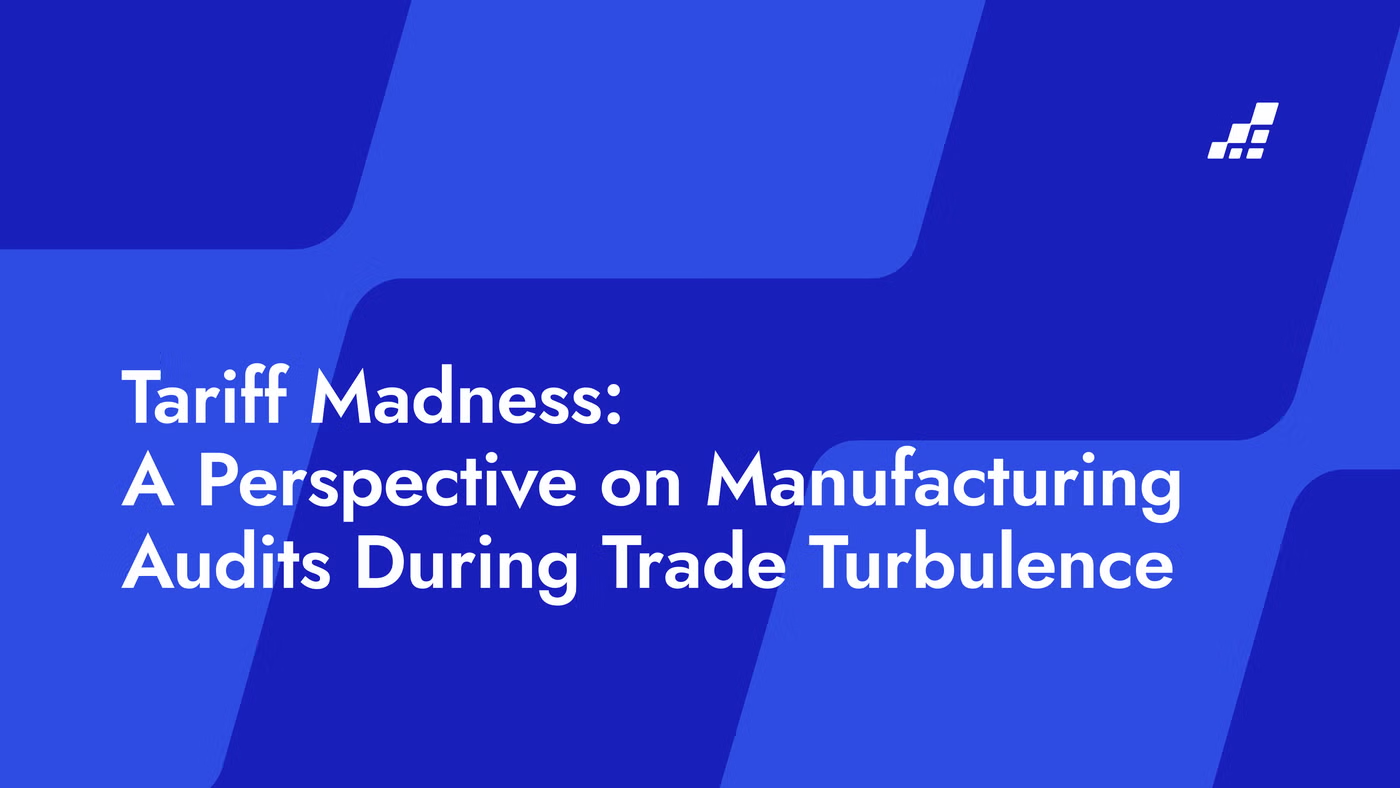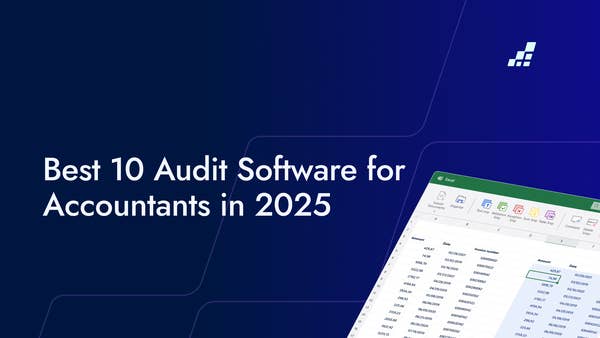- /
- Blog
Tariff Madness: A Perspective on Manufacturing Audits During Trade Turbulence

But what if these challenges weren't just hurdles, but opportunities for innovation and stronger internal controls?
Dive into how your organization can not only survive but thrive amid tariff-induced uncertainty, turning complexity into clarity, and turbulence into organizational growth.
The word of 2025 so far: tariffs. What started as a theoretical premise aimed at exerting political pressure on foreign governments and international relations, is now being realized as a real change to financial markets. International companies with extensive networks of subsidiaries and suppliers simply can’t ignore the shift. One can imagine that an increased number of tariffs impacts production costs, stimulates supply chain disruptions and brews operational uncertainty.
Consequently the audit and financial teams within these organizations might face additional challenges while consolidating financial statements or managing the workload associated with additional audits and reconciliations.
Potential impact for manufacturing companies with extensive supply chains
Manufacturing companies often rely on complex, global supply chains and therefore could experience several adverse effects due to tariffs:
- Increased production costs: Tariffs on imported raw materials and components have led to higher production expenses. For instance, tariffs on steel and aluminum have raised costs for manufacturers dependent on these inputs, affecting industries from automotive and aviation to consumer electronics.
- Supply chain disruptions: Imposing tariffs has prompted companies to reconsider their sourcing strategies, leading to potential delays and increased costs as they seek alternative suppliers.
- Operational uncertainty: The fluctuating nature of trade policies introduces unpredictability, making it challenging for companies to plan long-term investments and operations. This uncertainty can scare off capital expenditures and strategic initiatives and investments.
Implications for Audit and Finance teams
Financial chaos usually leads to more documentation, less standardization and more work for the people making sure everything is compliant with rules and regulations. The increase in tariffs can potentially affect audit and finance teams in various ways:
- Complex financial reporting: Tariffs affect various financial metrics, like cost of goods sold and inventory valuations. Audit teams must ensure that these impacts are accurately reflected in financial statements. Even if those impacts change daily.
- Impairment assessments: Changing costs and profit margins may trigger the need for impairments testing of assets. Financial teams must evaluate whether or not asset valuations need to be adjusted.
- Elevated disclosure expectations: Companies will be expected to provide a detailed account of how these tariffs have impacted their financial position and overall performance, which clearly suggests a need for thorough documentation and transparency.
How can audit and finance teams stay ahead amid the tariff madness?
Ongoing changes, new regulations and different needs for documentation contribute to a heightened workload for audit and financial teams:
- Frequent reassessments: Continuous monitoring of the financial impact of tariffs requires regular reassessments and updates to financial records, potentially increasing the frequency and scope of audit activities.
- Detailed reconciliations: Fluctuations in costs and potential changes in supplier relationships necessitate detailed reconciliations to ensure accuracy in financial reporting.
- Regulatory compliance: Staying on top of ever-evolving trade regulations and ensuring compliance adds another layer of complexity to the audit process.
Conclusion: Turning trade turbulence into a strategic advantage
While tariffs continue to reshape the global manufacturing landscape in a major way, they also offer a unique opportunity for audit and finance teams to rise to the occasion. By embracing more agile, tech-driven audit processes and leaning into proactive reassessment, organizations can transform unpredictability into resilience.
There’s no denying the steep regulatory shifts can be overwhelming. Proactive teams can use this moment to strengthen internal controls, sharpen financial visibility, and build systems that thrive—even in uncertainty.



.png?width=600&quality=70&format=auto&crop=16%3A9)